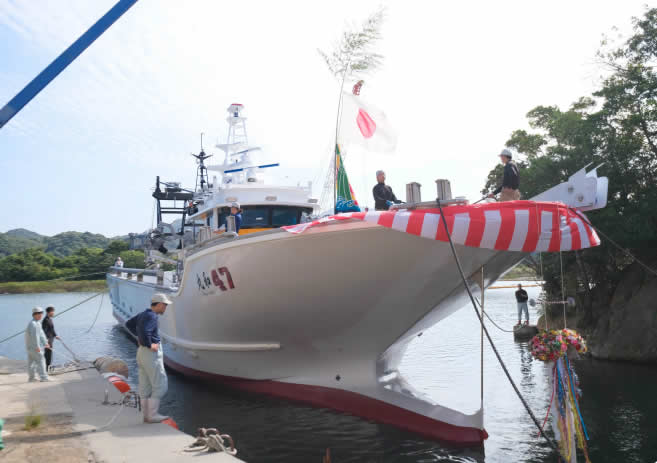Original drawings and wooden mold
We transfer reduced-size drawings to plywood at full scale, assemble the frame in line with the lines of the original drawing, and apply ornamental veneer.
Loading

Our shipbuilding technology stems from the experience of our company, which is the oldest of its kind in Japan. We hold a series of detailed design meetings in order to understand what our clients want before laying the keel. Optimal hull forms are also studied by conducting water-tank tests for resistance propulsion performance, wave-resistance tests, and more. Traditional production based on a handcrafting approach is not low tech. If anything, it is a technological approach that allows us to explore new frontiers.
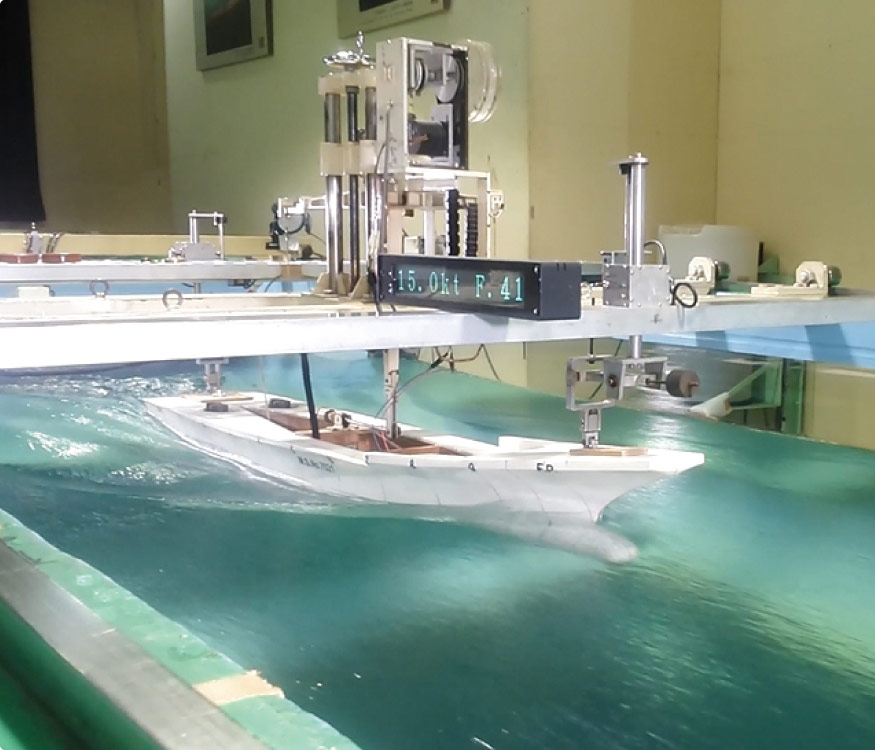
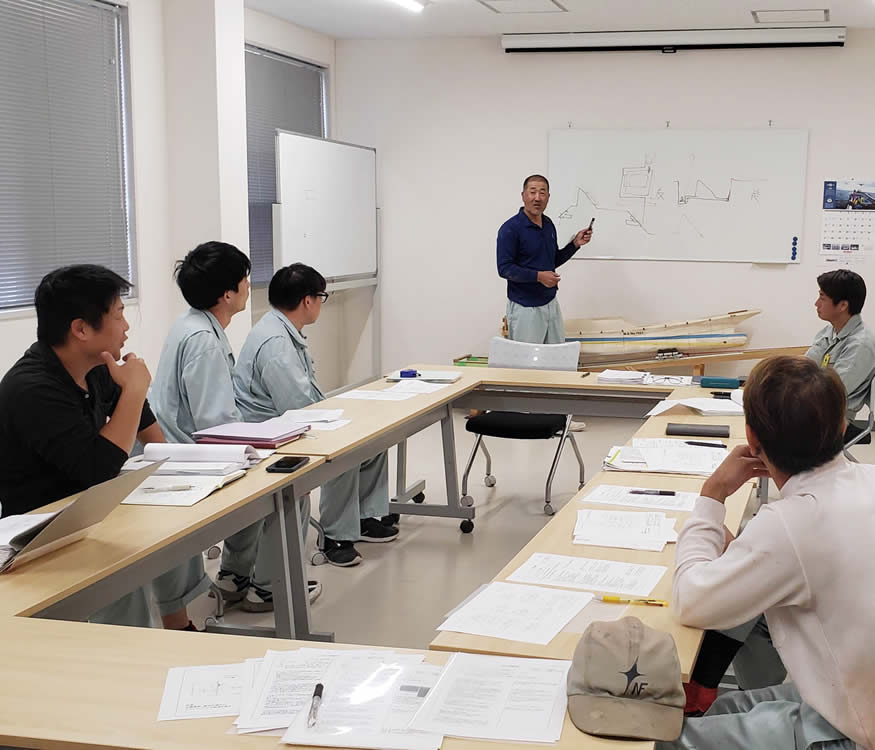
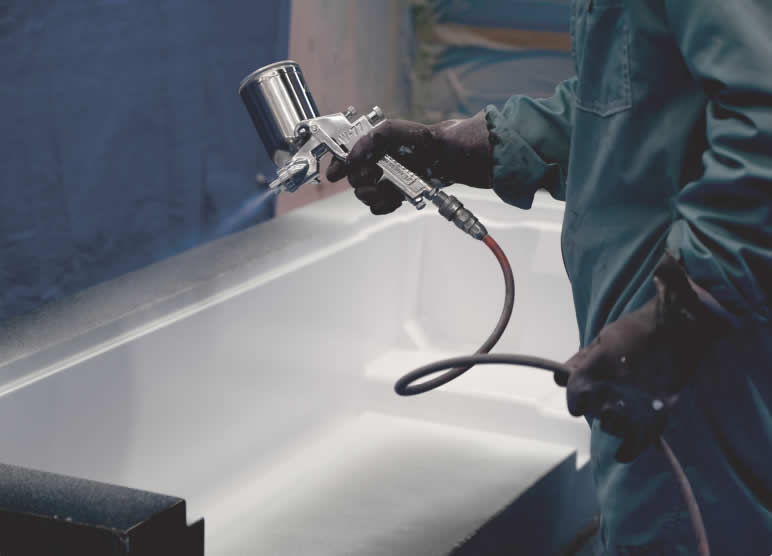
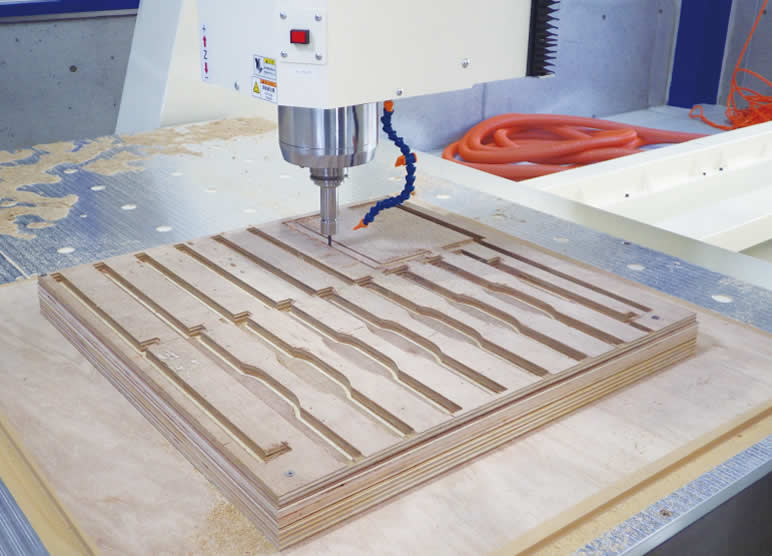

Our commitment to handcrafting allows us to articulate original features and idiosyncrasies that cannot be produced by mechanical means as well as fulfill the various demands of the shipowner.
As artisans, we immerse ourselves wholeheartedly into the production of every single piece by focusing on everything from the materials and manufacturing process to the finish. Carrying out this work by hand ensures that our products are imbued with love and passion.
By fairing in accordance with original drawings, we can also make products with a greater degree of exactness.
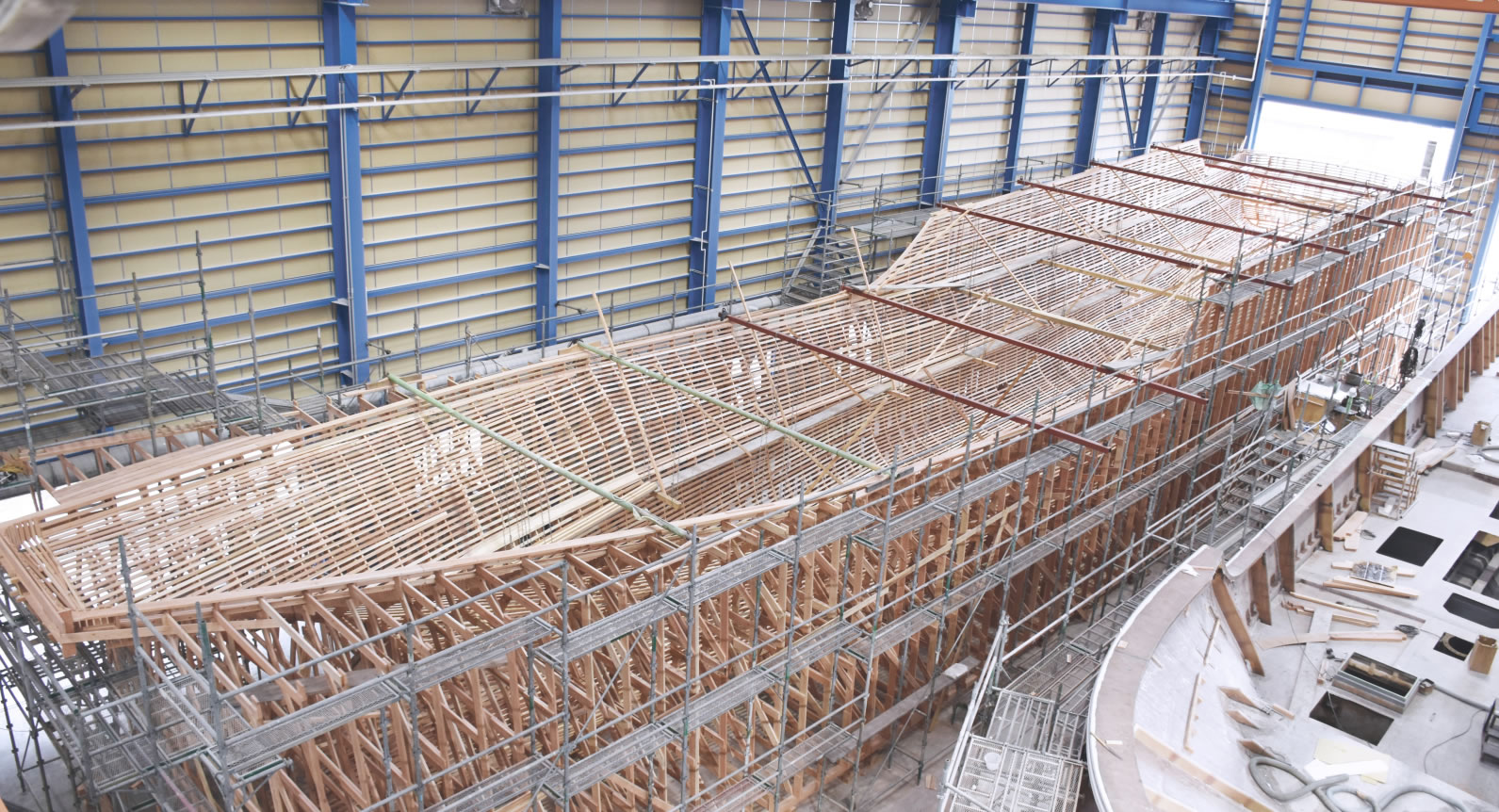

We work with a deep sense of fondness for the products we have delivered. Delivery of a product marks the beginning of a long friendship of sorts with the product. Whether we are talking about special work boats or lifeboats, our vessels ply the waters around Japan and around the globe. This means that there are times when our employees might visit clients to provide technical follow-up services by way of maintenance after delivery and perform inspections. Lifeboats and special work boats also need to undergo emergency procedures occasionally that can sometimes have us working through the night. Our engineers are bolstered solely by their pride as members of a manufacturer and their sense of responsibility for ensuring safety. We will continue to endeavor to do our best to have our clients feel nothing but immense delight at having asked us to attend to their needs.
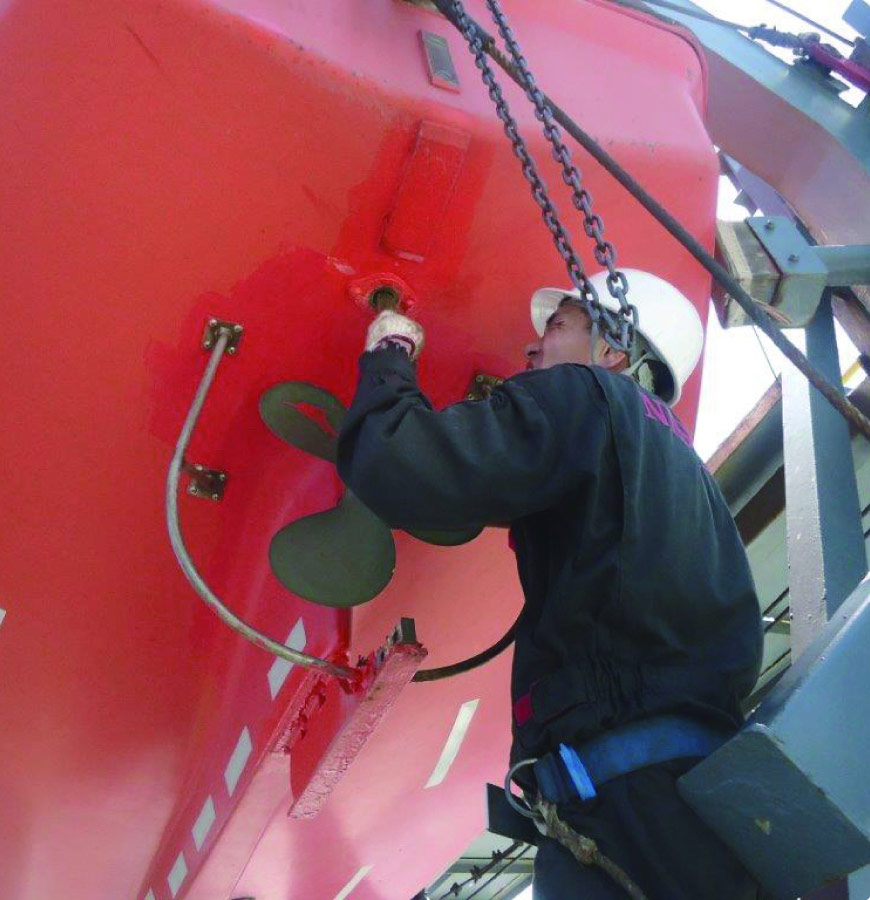


We strive daily to improve our technology as an FRP shipbuilder with a proud track record for meeting globalized standards for safety. With fewer shipbuilders in Japan building large FRP vessels and in a system where efforts to expand further are allowed only where one is backed by experience, we must be aware for our part that we are on the cutting edge of technology. In order to earn the trust of the regulatory authorities through discussions with them, the highest level of skill is required of every facet of the company. Even when it comes to the process of developing lifeboats, we have engaged in ongoing research on ensuring human safety and undergone medical evaluations to develop and demonstrate the efficacy of proprietary safety devices not required by international standards. Research and development work on products that exceed international regulations (globalized standards for safety) gives us the courage to direct our developmental mindset towards facing any additional challenges we may face along the way.

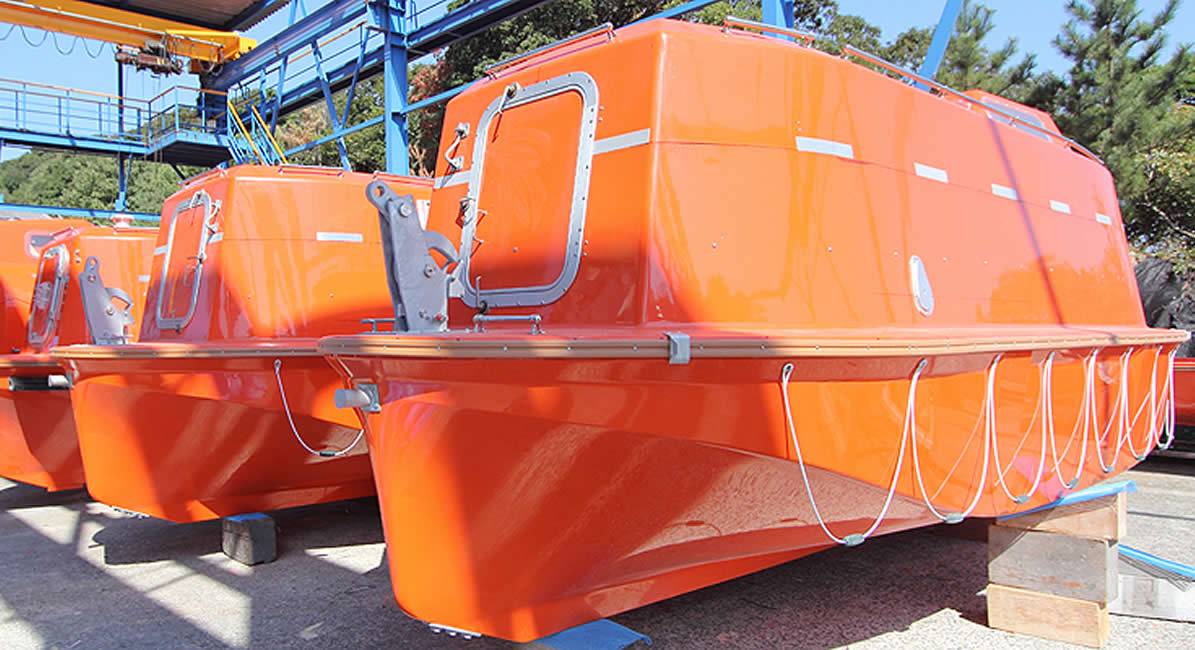
Having an impact
in unexpected places!
We harness our experience in dealing with technology used for FRP shipbuilding to develop and manufacture wind-power generators, amusement park products, shelters, and other FRP products.
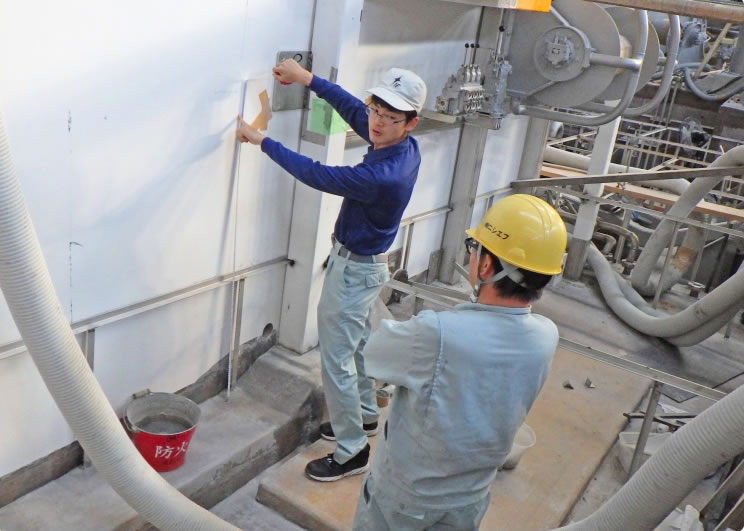
We start with a detailed meeting on specifications to discuss a wide range of client requirements before carrying out an entire process that has us investigating and making decisions on products in a way that takes the needs of the client into account, making various calculations, and performing rigging design work.
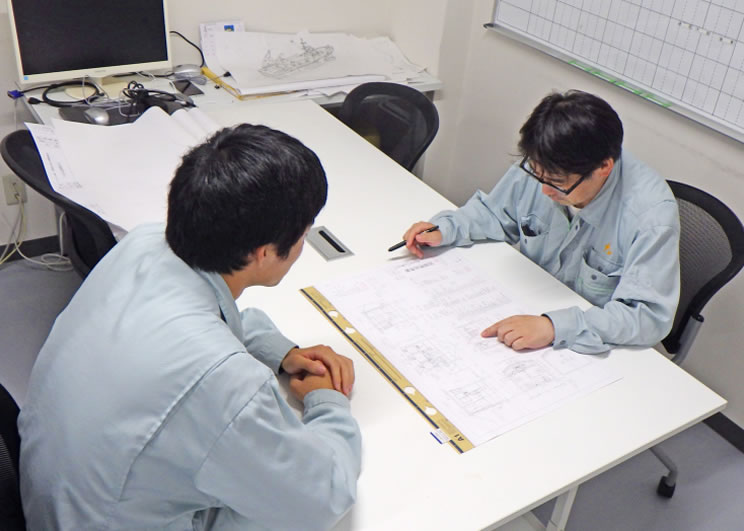
We perform everything from design work to manufacturing to delivery on a one-stop basis and can verify the status of product construction without delay. This allows us to promptly incorporate the contents of meetings into what we do.
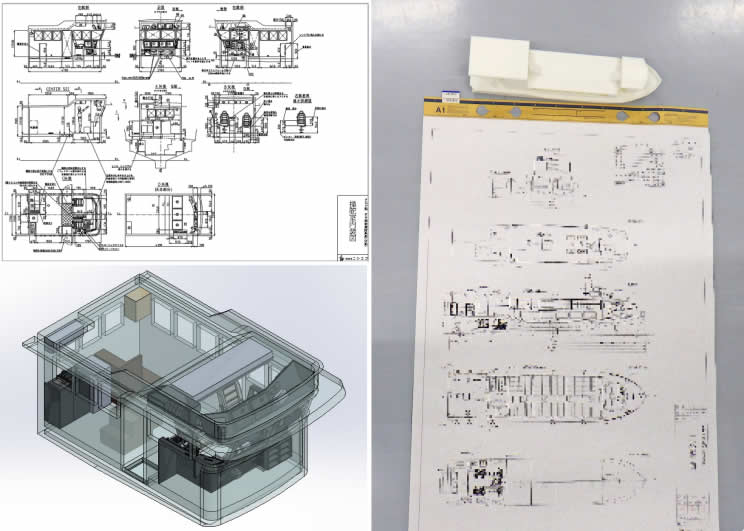
Both 2D CAD and 3D CAD are used to produce drawings. We utilize traditional 2D drawings as well as VR and models (made with a 3D printer). The use of 3D skills enables us to have meetings with clients and provide them with realistic illustrations that make it possible to visually and intuitively see three-dimensional forms that might have been difficult to grasp with 2D drawings.
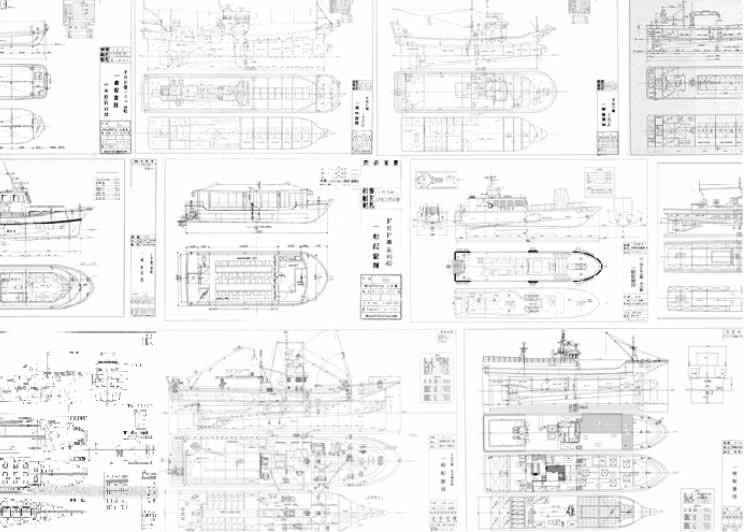
We not only listen to construction-related requests, but we also propose various ideas rooted in our extensive track record of engaging in construction work.
The inside of a pilothouse of a fishing boat: Using VR goggles allows you to see instruments and monitors and the view from windows on a full-scale basis. We can share more complete illustrations of the finished product with our clients.
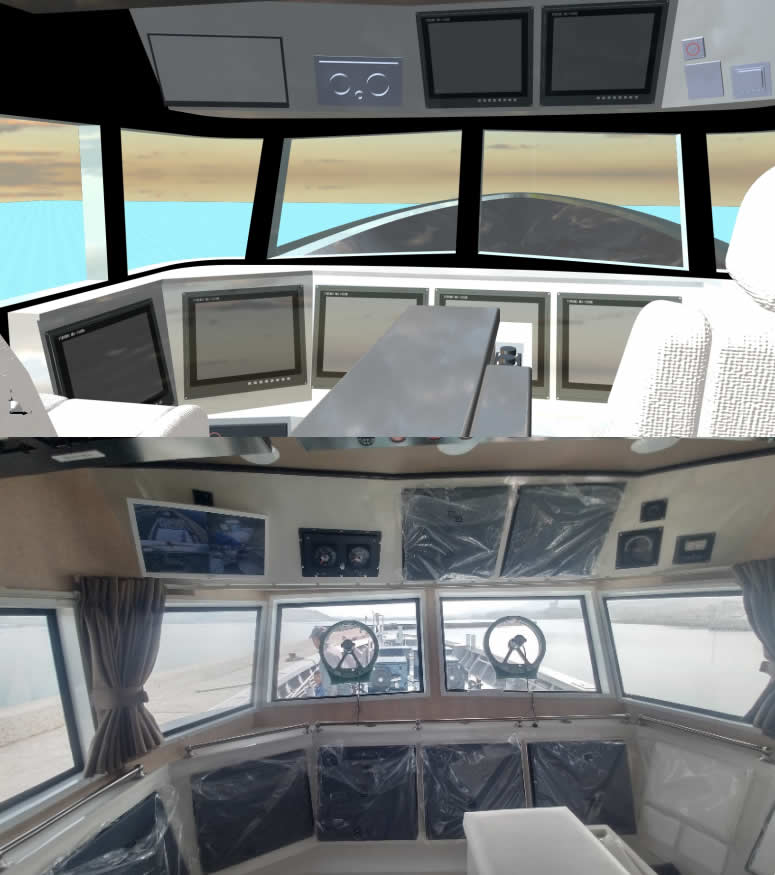
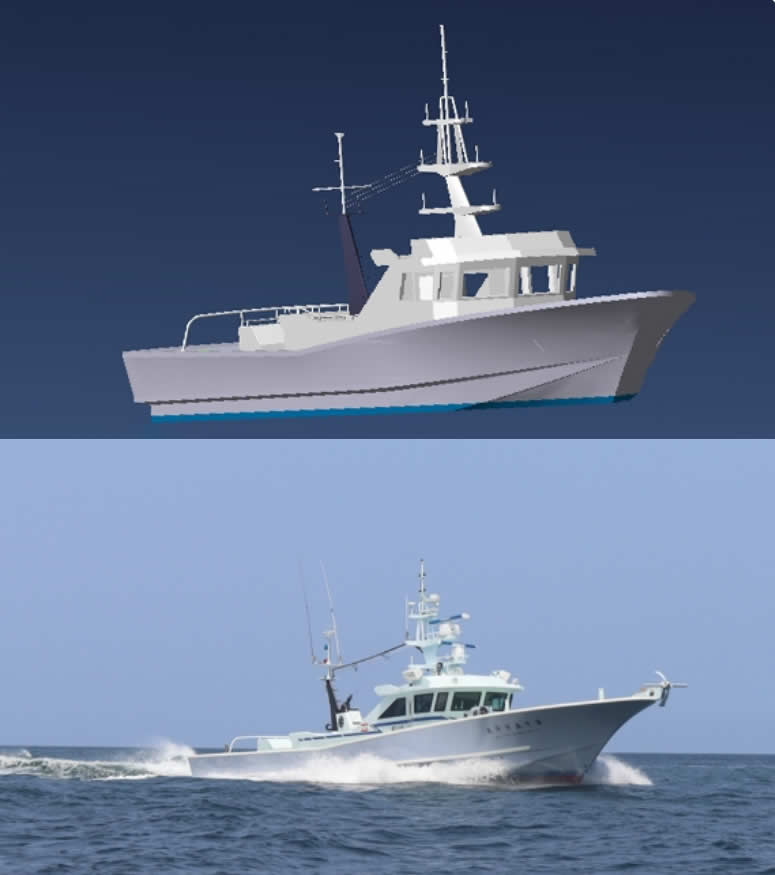
We transfer reduced-size drawings to plywood at full scale, assemble the frame in line with the lines of the original drawing, and apply ornamental veneer.
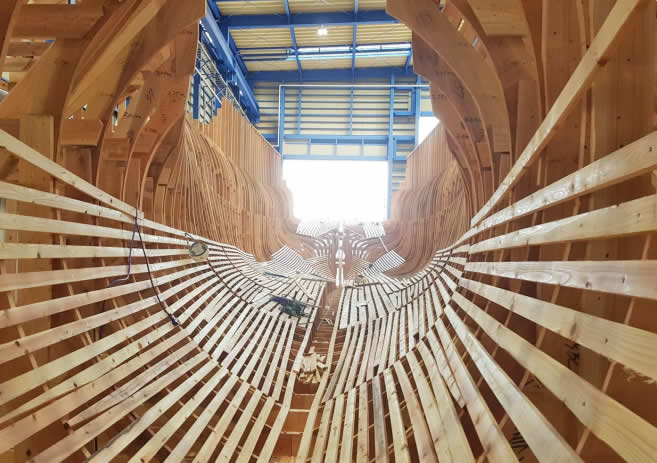
Putty is applied to the grooves where ornamental veneer panels are joined together to smooth the space between veneer panels. After the putty treatment is completed, a gel coating constituting the color of the hull is sprayed and layers of fiberglass (fiber-reinforced plastics) are applied to the surface in a process known as lamination.
After lamination, we insert reinforcement frames, partitioning materials, and door frames before the hull is removed from the wooden mold (demolding).
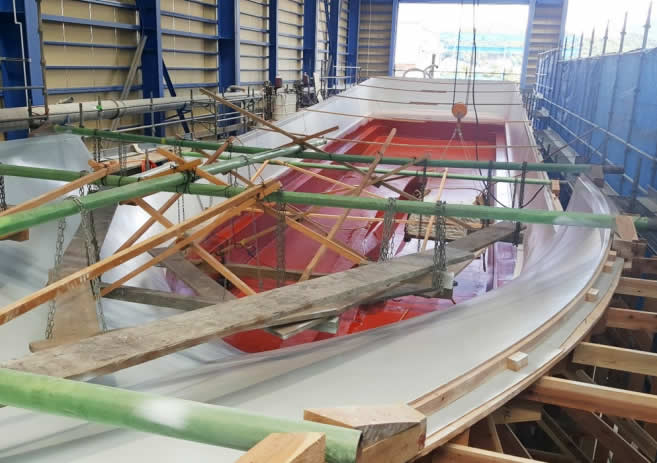
After demolding, we install the below-deck rigging and deck and then the above-deck rigging.
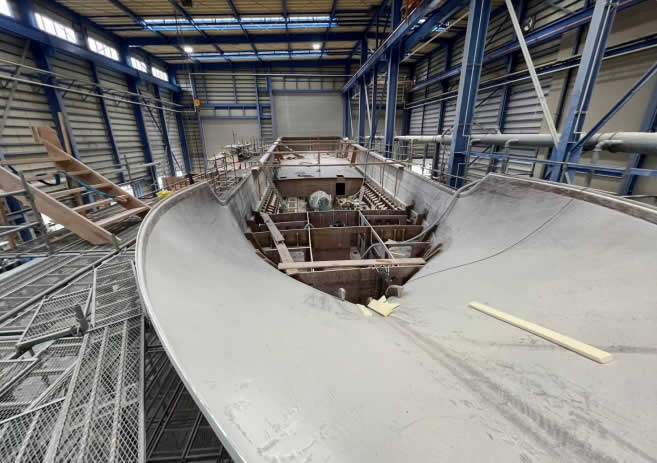
On the day on which the engine is mounted, we mount the engine, mount the superstructure, and carry out general rigging work across the entire vessel.
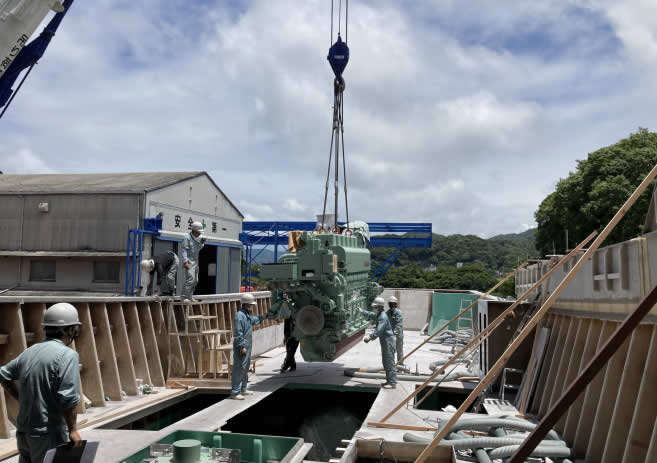
When it comes to steel rigging work, we use stainless steel (SUS), which is cut and welded according to drawings. Custom-made parts, such as masts, railings, and staircases, are installed on the hull.
For engine rigging work, we install the ship’s main and auxiliary engines and attach the propeller shaft and piping. The piping in particular is installed by welding and processing SUS pipes.
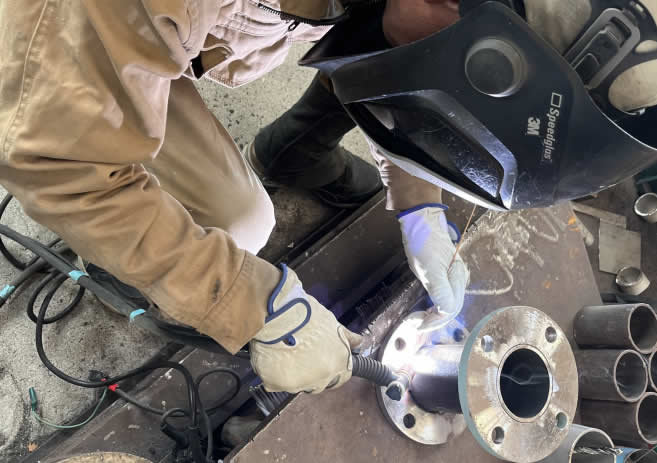
Once the work is completed on land, the vessel is launched on an auspicious day consistent with the schedule.
Several days later, the vessel is brought to a port by the company to undergo internal and official test runs before being delivered to the client.
